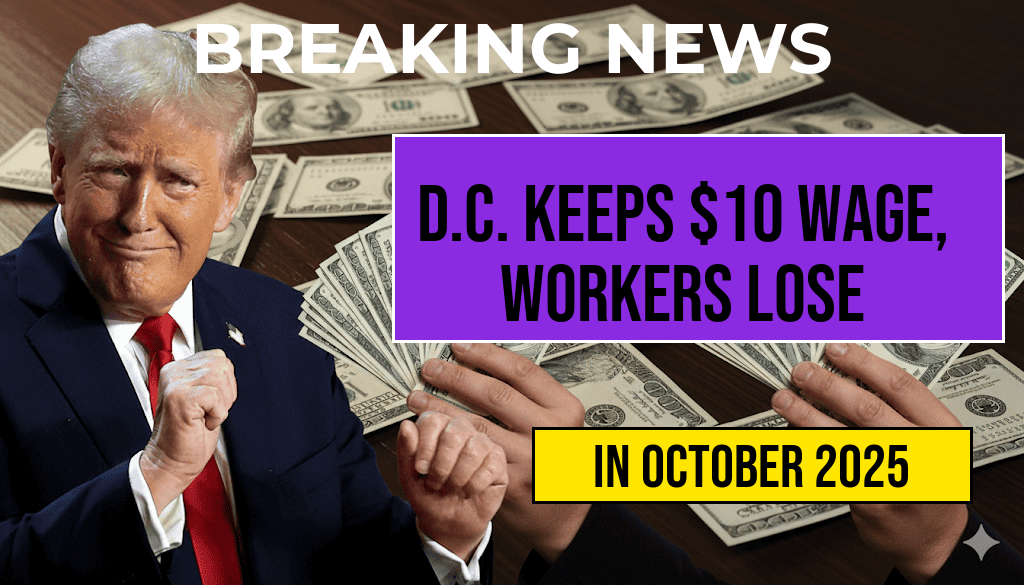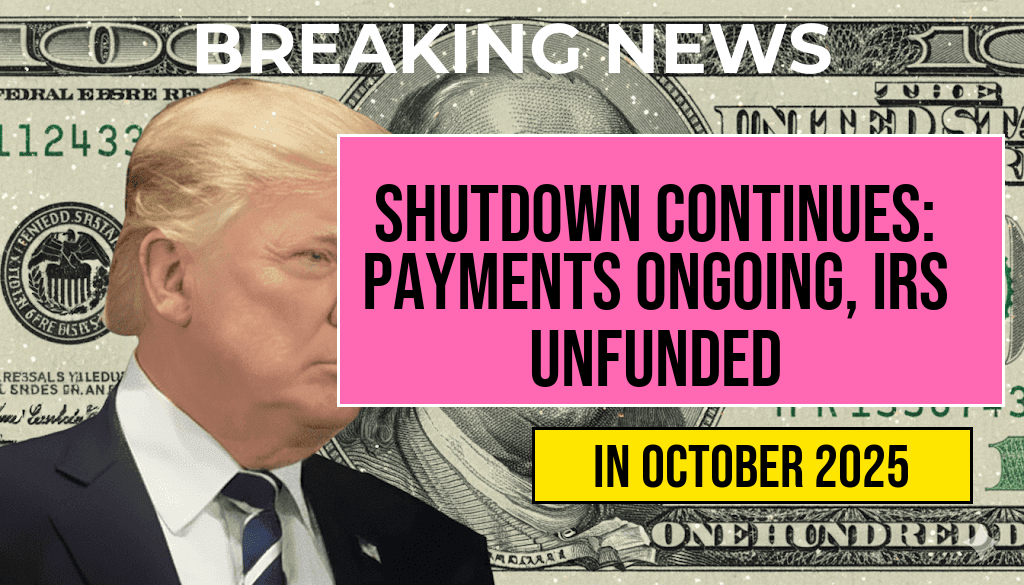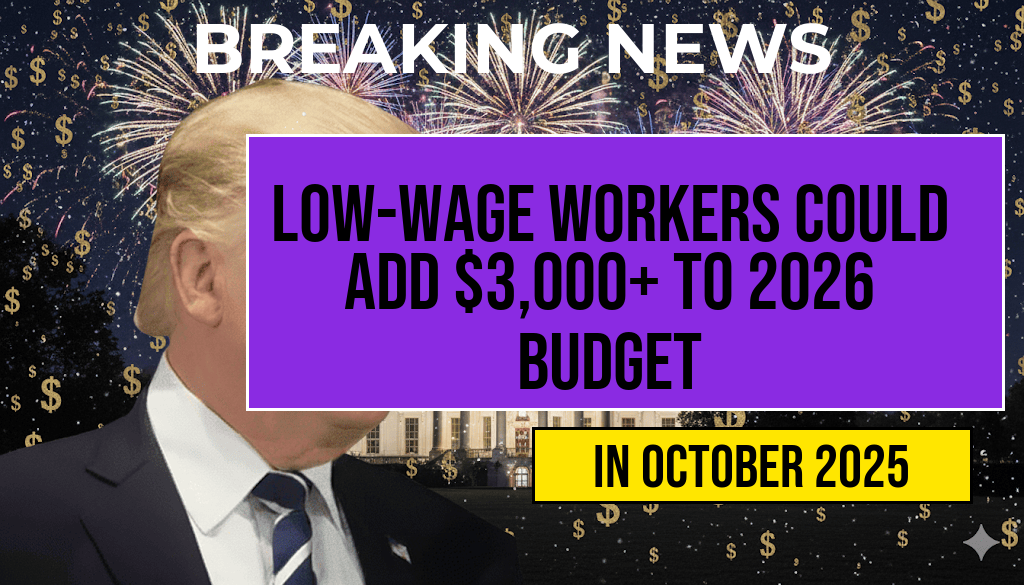Workers in the restaurant industry in Washington, D.C., will continue to earn a $10 per hour minimum wage, as city officials have decided to uphold the current pay floor amidst ongoing debates about wage fairness and economic impact. This decision leaves restaurant employees earning approximately $4,160 less annually than their counterparts earning a $12 hourly wage, a figure that highlights persistent disparities within the hospitality sector. Despite rising living costs and increased pressure from labor advocates, the D.C. Council opted to maintain the existing minimum, citing concerns over potential negative effects on small businesses and employment levels. The wage policy remains a focal point in ongoing discussions about fair compensation and economic recovery, especially considering the city’s high cost of living and the importance of the restaurant industry to its economy.
Background on Minimum Wage Policies in D.C.
Washington, D.C., has seen a series of adjustments to its minimum wage over the past decade, reflecting broader trends across the United States. The city’s wage law sets different minimums for various sectors and employee classifications, with the general minimum wage reaching $15.20 per hour as of 2023 for large employers. However, restaurant workers, particularly those in tipped roles or small establishments, often face different rules. The city’s decision to keep the base wage at $10 for non-tipped employees in certain settings has stirred debate among labor advocates, business owners, and policymakers.
The Rationale Behind Maintaining the $10 Wage
Economic Considerations and Business Impact
- Officials assert that raising the minimum wage could lead to increased labor costs, potentially prompting small businesses to reduce hours or layoffs to manage expenses.
- Restaurant industry representatives argue that maintaining the current wage helps preserve employment levels and keeps prices competitive for consumers.
- The city’s Office of Revenue and Budget estimates suggest that a sudden increase could hinder economic recovery efforts post-pandemic, especially in sectors heavily reliant on hourly wage workers.
Labor Advocates’ Perspective
- Labor groups contend that a wage increase is essential to address inflation and the rising cost of living in D.C., which has one of the highest living expenses in the country.
- They emphasize that a higher wage could reduce turnover and improve workers’ quality of life, fostering a more stable and motivated workforce.
- Some advocates point to studies showing that modest wage increases do not necessarily harm employment levels, citing examples from other cities that have raised their minimum wages.
Comparison: $10 vs. $12 Hourly Wage
| Hourly Wage | Annual Earnings (Full-Time, 40 hours/week) |
|---|---|
| $10 | $20,800 |
| $12 | $24,960 |
As illustrated, workers earning $10 an hour make approximately $4,160 less annually than those earning $12, highlighting the financial gap created by the wage policy. For many restaurant employees, this difference impacts their ability to cover essential expenses such as housing, transportation, and healthcare.
Implications for Restaurant Workers
In a city where the median rent for a one-bedroom apartment exceeds $2,000 per month, even small wage differences can significantly affect workers’ financial stability. Many restaurant staff rely heavily on tips, which can vary widely based on the establishment and customer volume, adding another layer of complexity to earnings calculations. For tipped employees, the city has different minimum wage standards, but for non-tipped workers earning the base wage, the current policy leaves them at a notable disadvantage.
Broader Context and Future Outlook
The decision to maintain the $10 base salary reflects a cautious approach amid economic uncertainty and ongoing political debates about minimum wages nationwide. Several states and cities have experimented with higher wages, with mixed results on employment and business sustainability. The D.C. Council’s stance underscores a balancing act: ensuring workers receive fair pay while safeguarding the vitality of the hospitality sector.
As discussions around living wages and economic recovery continue, stakeholders on both sides are calling for comprehensive studies and pilot programs to better understand the long-term effects of wage policies in the district. The city’s economic development strategies are closely intertwined with these wage decisions, emphasizing the need for policies that support both workers and small businesses.
Additional Resources
- Wikipedia: Minimum wage in the United States
- Forbes: D.C. Minimum Wage Changes
- D.C. Government: Wage Policy Updates
Frequently Asked Questions
What is the current minimum wage for restaurant workers in D.C.?
The current minimum wage for restaurant workers in D.C. remains at $10 an hour, despite recent discussions about raising the wage.
How does the wage update impact workers’ earnings compared to previous rates?
Maintaining the $10 hourly rate leaves workers earning $4,160 less annually than they would at the previous $12 an hour rate.
Why did D.C. decide to keep the restaurant minimum wage at $10?
The decision was influenced by economic considerations, industry feedback, and the desire to balance fair wages with business sustainability.
What are the potential implications of this wage policy for restaurant employees?
Employees may experience limited income growth, affecting overall earnings and purchasing power, which could impact workforce motivation and retention.
Are there any plans to revisit or change the restaurant wage policy in D.C.?
Currently, there are no announced plans to increase the minimum wage for restaurant workers, but policymakers remain attentive to economic developments and industry needs.






